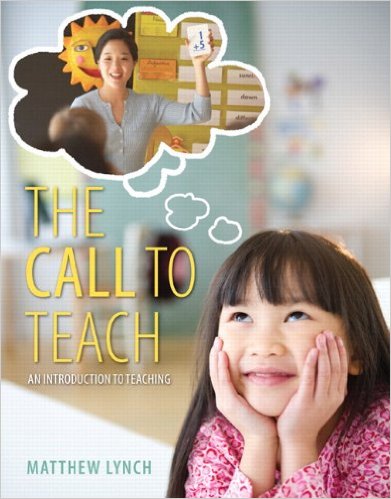Question: My district recently announced that 30% of our high school courses will now be offered online, and this percentage will increase in the coming years. I think its a great idea, but most of my colleagues are totally against it, citing that it will dehumanize the learning process, among other things. Do you that my district is on the right track? Nicole C.
Answer: Nicole, here is my take on the topic. Online learning is more than a fad. The facts are staggering: According to the International Association for K-12 Online Learning, there are nearly 1.9 million K-12 enrollments in online courses every school year, up from under 50,000 in 2000. The current number does not even include students enrolled in primarily online schools. Thirty-one states have full-time online schools that serve on a statewide basis.
The top reason that districts give for offering online options is for credit recovery, with 81 percent of urban schools citing this reason. Are online courses really equal to ones in the classroom though? It really depends who you ask. Recent news reports out of California show that high school graduation rates are at an all-time high of 78 percent, with even higher numbers in areas like San Francisco and San Jose. While some educators use these numbers to point to student success, critics say the rise in graduation numbers does not necessarily mean students with more education. The rise of online courses as a means to “make up” failed or incomplete classes are part of the reason more kids graduate – but do they know what they should?
It is of course impossible to answer that vague of a question but the debate rages on just the same. Just how rigorous is an online high school course? This is likely a cloudy area for those of us who grew up before the Internet forever changed the face of distance education. On a basic level, if a student reads the material, and is able to give correct answers on a test, that means he or she has “learned” the content. When an educator takes into account other influential factors like learning style, intelligence and work ethic, that basic definition becomes murky. The general consensus in the education community seems to be that even though online courses have merit, they are less rigorous than classroom settings.
Then there is the issue of online learning as an overarching ideology. Embracing the inevitability that online learning is a very real part of the average college education, the state of Florida began requiring in 2011 that high school students in the 24-credit graduation option to take at least one online course. The public, Internet-based Florida Virtual School leads the way in this innovation and is considered a national leader in the e-Learning model. So in this example, Florida is not simply offering online courses as a backup; the state mandates that students on a college prep path get early exposure to the type of learning they are likely to see in college.
This point really accents the two very different ways to look at online courses in K-12 education. On one hand, there is educational merit, though that education is debatable as to the actual extent of its effectiveness. On the other hand, there is the practicality aspect of exposing students to online learning long before the college years. The second point paints online learning as a life skill of sorts – something for kids to understand before entering the real world as adults, much like balancing a bank account or learning how to create a resume. Without a solid understanding of online learning before graduation, students are less prepared for what they will face academically following high school.
The K-12 online course dissenters are just wasting their breath, in my opinion. The momentum of online learning is gaining speed. Educators can best spend their time looking for ways to enhance the content of what is offered in virtual courses and making the most of what classroom time is available.
Read all of our posts about EdTech and Innovation by clicking here.


 s combined careers as a technology entrepreneur and executive, with education policy and non-profit service. She served two terms as a school board member, led an education foundation and directed replication strategies in the non-profit education sector. As President and CEO of
s combined careers as a technology entrepreneur and executive, with education policy and non-profit service. She served two terms as a school board member, led an education foundation and directed replication strategies in the non-profit education sector. As President and CEO of 
